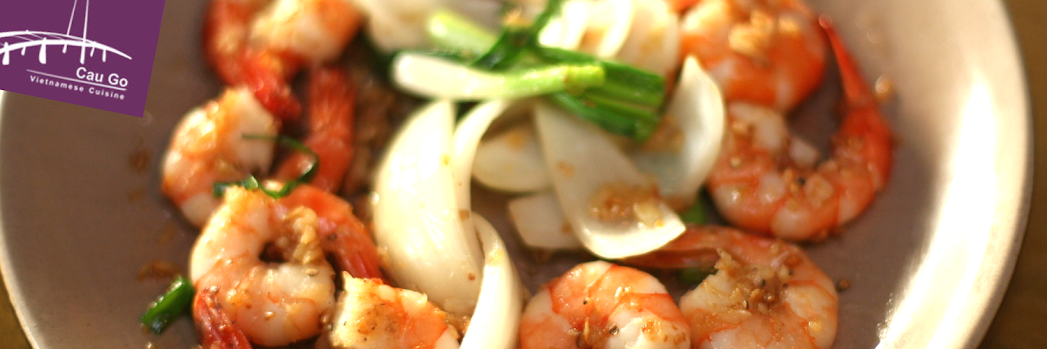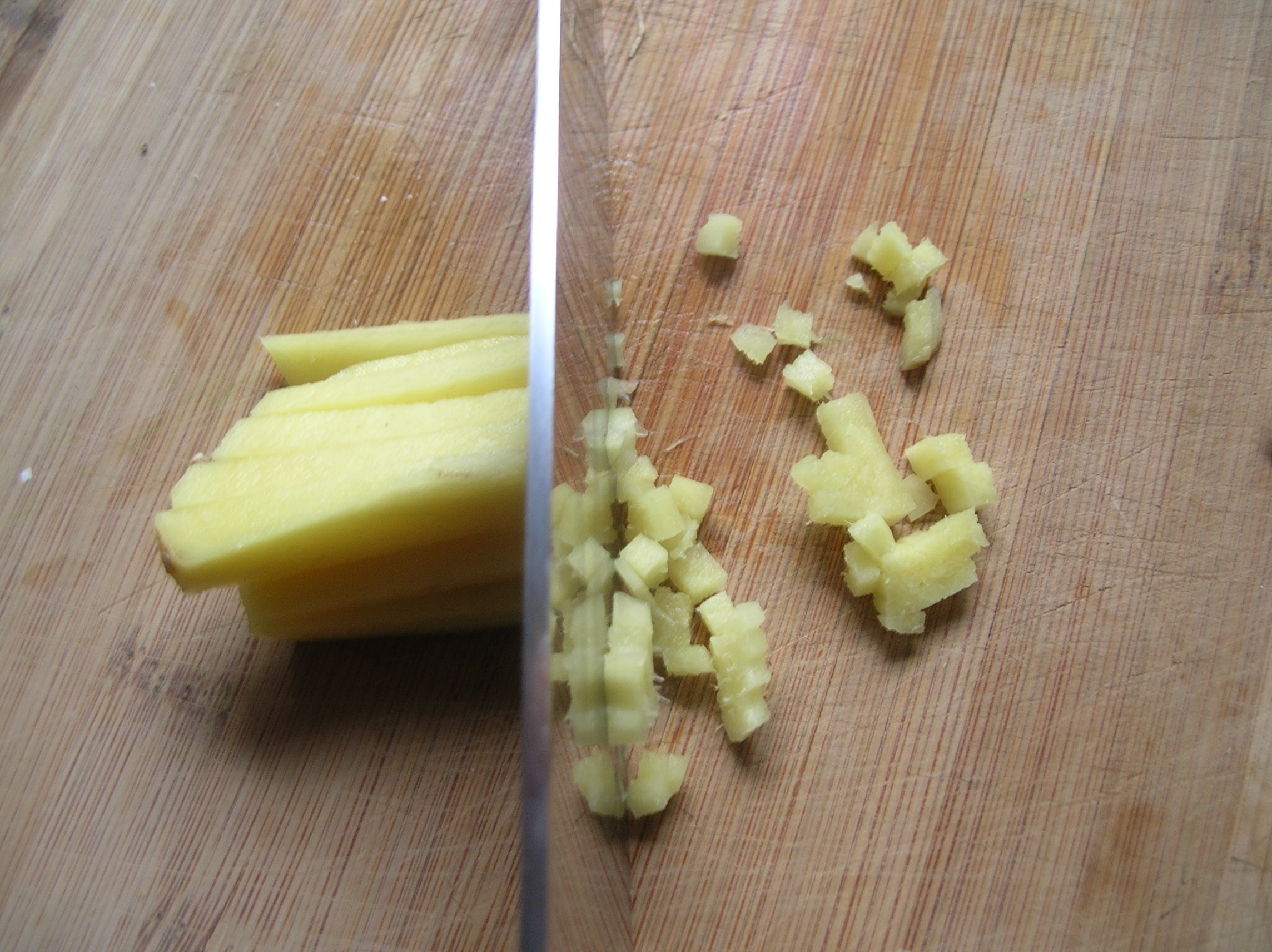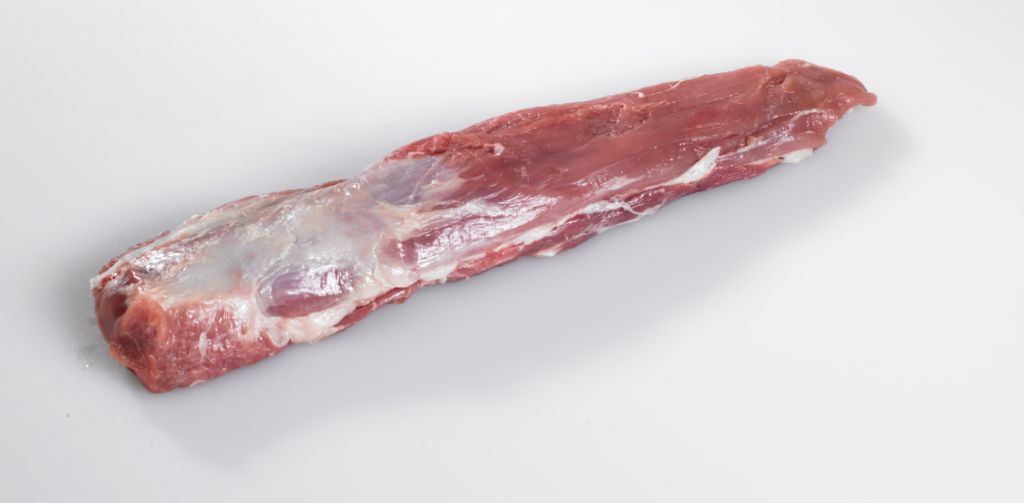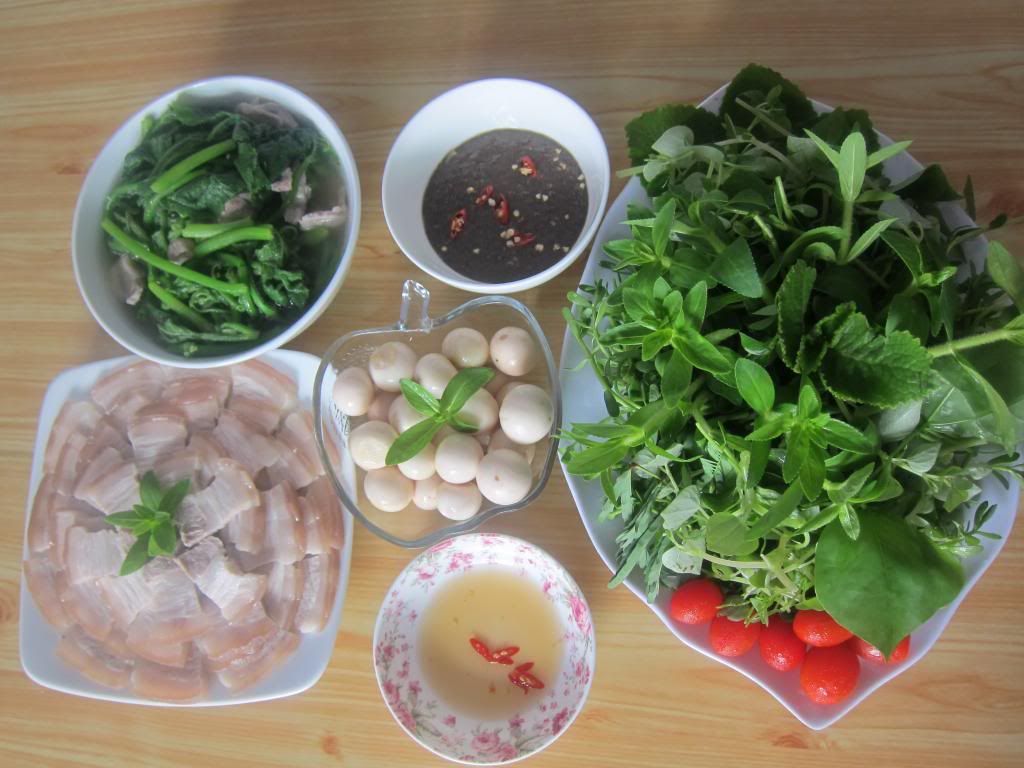1. To keep your look younger!!!
Meat is not the main attraction in
Vietnamese Cuisine, we love vegetable, we love salad. First- time visitor to
Vietnam can be surprised by a huge number of authentic salad selections in this
country. One of the most famous vegie dishes all over Vietnam is the (green) mango
salad which is marinated with fish sauce (not salt) and mint. Such dish is full
of vitamin E, a very useful element to fight free radicals in your body (one of
the major causes of pre mature ageing).
My favorite mango salad will help me stay young
forever!!!
|
2. To aid your digestion!!!
Vietnamses cooking style employs a wide
range of “traditional flavourings” (including cilantro, mint, Thai basil, star
anise, and red chili) to remedies all sort of aliments; and cilantro and mint
are already proved to support the function of liver as well as relief from
indigestion.
In the past, Vietnamese farmers’ experience indicate that a
bowl of soup (full of herb) is the best medicine to find of bloating
|
3. To lose weight… (Chef Bay’s favorite part)
"This
cuisine, prepared the traditional way, relies less on frying and heavy
coconut-based sauces for flavor and more on herbs, which makes it lower in
calories," – said Chef Bay.
A giant bowl of Vietnamese Sour Clam Soup
(Morning Glory soup for example) contain less than 300 calories each and probably
0g of fat per serving, which mean you could eat one every day together with a
small bowl of rice for lunch/ dinner as part of your diet program.
Danger: Almost Vietnamese dishes are healthy to be eaten,
please be careful with Vietnamese traditional dishes for Chinese New Year (Banh
Chung, Gio Thu, Thit Dong). Such dishes are prepared for the below 10 degree Celsius
weather will contain a large amount of fat and calories to maintain the flow of
energy during for Vietnamese People.
| A giant bowl of Vietnamese Sour Clam Soup (Morning Glory soup for example) contain less than 300 calories each |


































.jpg)



.jpg)
